Category: Issues relating to development and management of Social – GS2L
The Dentist (Amendment) Bill, 2019
04, Jul 2019
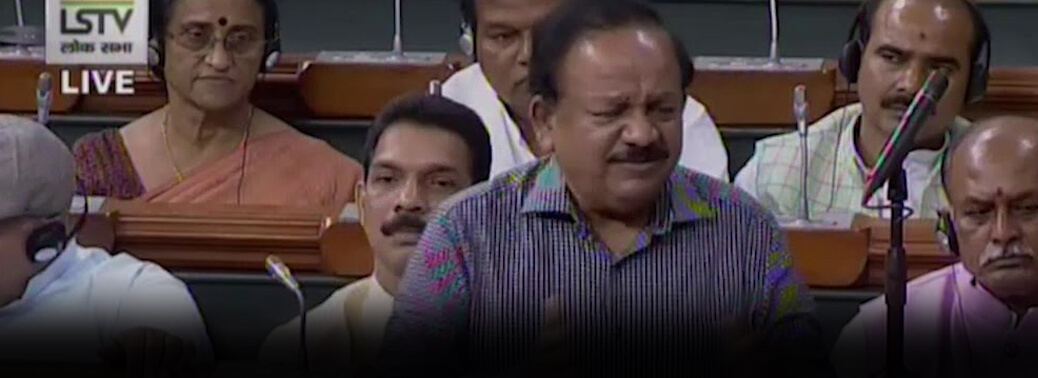
Context:
The Dentist (Amendment) Bill, 2019 was recently passed in the monsoon session of the Parliament.
About the Bill:
- The Bill amends the Dentists Act, 1948.
- The Act regulates the profession of dentistry and constitutes:
- The Dental Council of India,
- State Dental Councils and
- Joint State Dental Councils.
- A register of dentists is maintained under the Act in two parts, Part A and Part B. Persons possessing recognised dental qualifications are registered in Part A and persons not possessing such qualifications are registered in Part B.
- The persons in Part B are Indian citizens who have been practicing as dentists for at least five years prior to a registration date notified by the state government.
Composition of the Dental Councils:
- Under the Act, composition of the Dental Council of India, State Dental Councils, and Joint State Dental Councils includes representation from dentists registered in Part B.
- The Bill seeks to remove the mandatory requirement of the representation of dentists registered in Part B in these Councils.
LITCHI AND ACUTE ENCEPHALITIS SYNDROME
26, Jun 2019
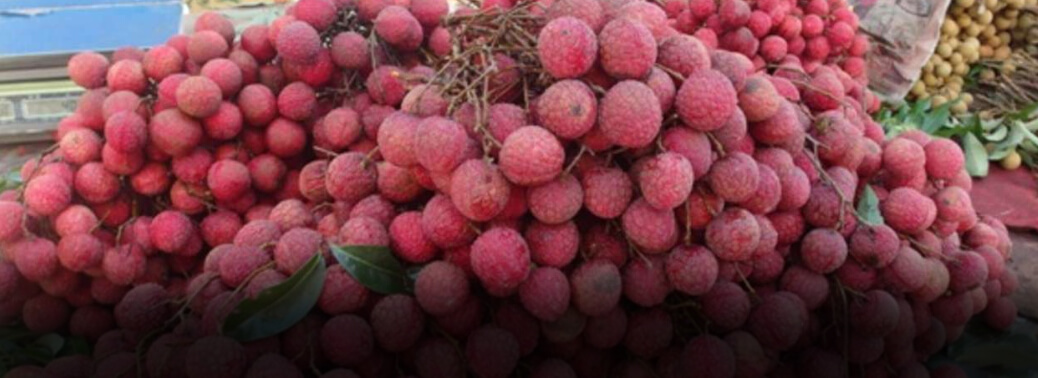
- Litchi is being most commonly blamed for the Acute Encephalitis Syndrome (AES) outbreak in Bihar.
- Research paper By Jacob states:
- Its main finding was that this fruit contains a toxin called Methylene cyclo propyl glycine (MCPG).
- But the authors never blamed litchi for AES.
- The causal Factor is Malnutrition and not Litchi.
- The luscious fruit is only a triggering factor for malnourished children as the toxin MCPG can lead to hypoglycaemia (fall in sugar levels).
- So, if a healthy child eats litchi, s/he will not suffer from AES.
How Malnutrition Cause Hypoglycaemia?
- Malnourished children have depleted glycogen store in the liver.
- So if there is no glycogen reserve, the glycogen breaks into glucose.
- When the shortage further increases, even fats start burning. This process produces by products like ketones and amino acids which are neurotoxic.
- So, if a child sleeps without food, this whole physiological process gets completed by wee hours of the day and then the kid gets fever with convulsions and at times s/he loses consciousness.
How does MCPG Interplays with Malnourishment:
- When malnourished kids are exposed to toxins like MCPG present in litchi, which is grown in these months, the chemical triggers hypoglycaemia.
- It’s so much that sugar levels fall up to 30 milligrams per deciliter and sometimes even nil. This leads to complications. The fact that only malnourished children are at risk is also proven by the reasoning that all the vulnerable children belong to the poorest of poor class.
- No child eating litchi, who belongs to a well-to-do family and gets adequate food, suffers from AES.
Why is AES Caused due to Hypoglycaemia so Fatal?
- Most of these deaths are preventable.
- Within four hours of onset of symptoms like convulsions, high fever if a child is administered dextrose (glucose), s/he can be saved.
- Only glucose administration is required. However, most of the patients come from far off villages where the peripheral medical facilities, much against the government’s claims, don’t even have facilities to administer it intravenously.
- They take a lot of time to arrange for conveyance and so the golden time is lost. Only last week, Hospitals saved a child whose glucose level was nil when he was brought to Hospital.
FOOD AND NUTRITION SECURITY ANALYSIS REPORT
26, Jun 2019
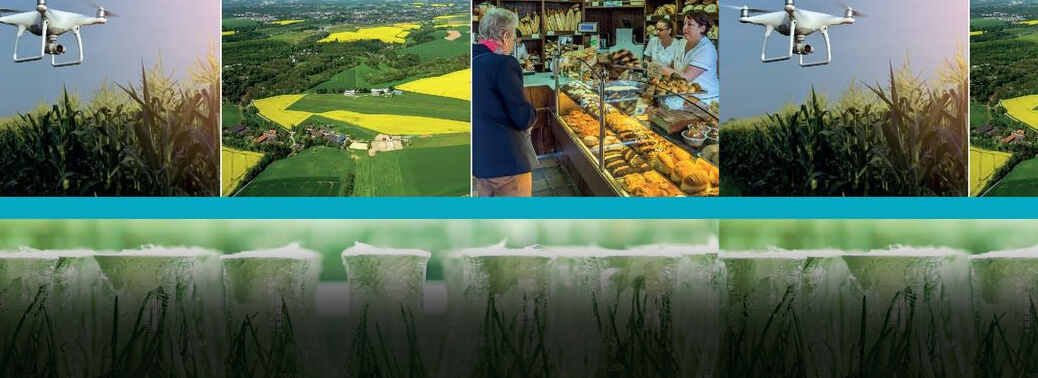
- Prepared by Ministry of Statistics and Programme Implementation & The UN World Food Programme.
- 31.4% of Indian children will be stunted by 2022
- Food grain yields have risen 33% over the last two decades, but are still only half of 2030 target yields
- The Indian farmer is producing more food grains than ever before, making the country Self Sufficient. The Consumer’s access to rice, wheat and other cereals has not increased at the same rate, due to population growth, inequality, food wastage and losses, and exports
- Average Per Capita Consumption of energy among the poorest 30% of the population is 1811 kilo calories, much lower than the norm of 2155 kilo calories per day.
- There are high rates of stunting among children in the poorest wealth quintile (51.4%), Scheduled Tribes (43.6%) and Scheduled Castes (42.5%), and children born to mothers with no education (51%).
HEALTHY STATES, PROGRESSIVE INDIA’-NITI Aayog
26, Jun 2019

- Is a Report on Health published by NITI Aayog
- Report on Rank of States and UTs’ has ranked states in three categories — larger States, smaller States and UTs “to ensure comparison among similar entities”.
- The report ranks states and Union territories innovatively on their year-on-year incremental change in health outcomes, as well as, their overall performance.
- It ranks states and union territories on their year on year incremental change in health outcomes, as well as, their overall performance with respect to each other.
- Kerala, Andhra Pradesh & Maharashtra ranked on top in terms of overall performance. Haryana, Rajasthan and Jharkhand ranked top three States in terms of annual incremental performance.
Janani Suraksha Yojana
24, Jun 2019
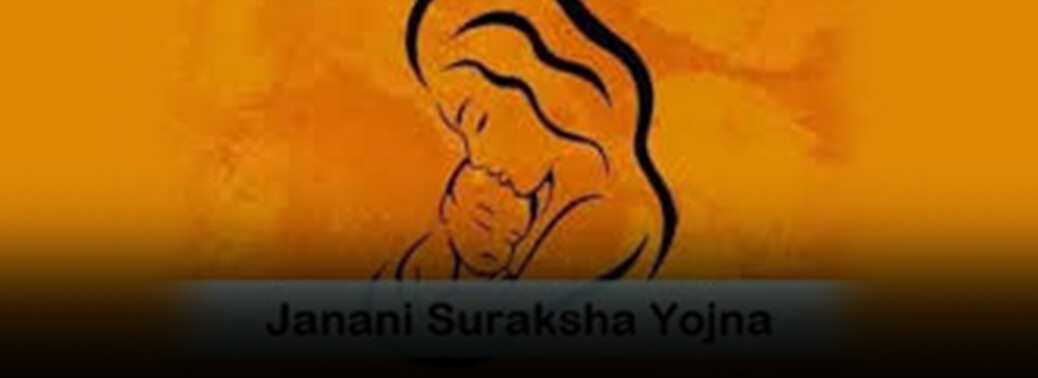
- Janani Suraksha Yojana (JSY) is a safe motherhood intervention under the National Rural Health Mission (NHM).
- It is being implemented with the objective of reducing maternal and infant mortality by promoting institutional delivery among pregnant women.
- The scheme is under implementation in all states and Union Territories (UTs), with a special focus on Low Performing States (LPS).
- It was launched in April 2005 by modifying the National Maternity Benefit Scheme (NMBS).
- The NMBS came into effect in August 1995 as one of the components of the National Social Assistance Programme (NSAP).
- The scheme was transferred from the Ministry of Rural Development to the Department of Health & Family Welfare during the year 2001-02.
Various Measures under JSY:
- The scheme focuses on the poor pregnant woman with special dispensation for States having low institutional delivery rates namely the States of UP, Uttaranchal, Bihar, Jharkhand, MP, Chhattisgarh, Assam, Rajasthan, Orissa and J&K.
- While these States have been named as Low Performing States (LPS), the remaining States have been named as High performing States (HPS).
- Exclusion criteria of age of mother as 19 years or above and up to two children only for home and institutional deliveries under the JSY have been removed.
- Eligible mothers are entitled to JSY benefit regardless of any age and any number of children.
- BPL pregnant women, who prefer to deliver at home, are entitled to a cash assistance of Rs 500 per delivery regardless of age of women and the number of children.
- States are encouraged to accredit private health facilities for increasing the choice of delivery care institutions.
Chikungunya Disease
24, Jun 2019
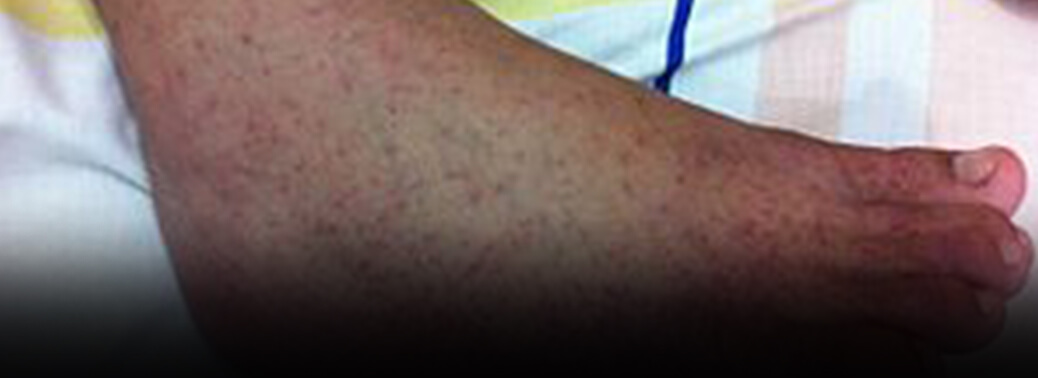
Context:
- The Institute of Life Sciences (ILS), which functions under the Department of Biotechnology, has entered into a non•exclusive license for product commercialisation after having successfully developed antibodies against the Chikungunya viral (CHIKV) infection.
Symptoms:
- Symptoms usually begin 3–7 days after being bitten by an infected mosquito. The most common symptoms are fever and joint pain.
- Other symptoms may include headache, muscle pain, joint swelling, or rash.
- Chikungunya disease does not often result in death, but the symptoms can be severe and disabling.
- Most patients feel better within a week. In some people, the joint pain may persist for months.
- People at risk for more severe disease include newborns infected around the time of birth, older adults (≥65 years), and people with medical conditions such as high blood pressure, diabetes, or heart disease.
- Once a person has been infected, he or she is likely to be protected from future infections.
Diagnosis:
- The symptoms of chikungunya are similar to those of dengue and Zika, diseases spread by the same mosquitoes that transmit chikungunya.
- See your healthcare provider if you develop the symptoms described above and have visited an area where chikungunya is found.
- If you have recently traveled, tell your healthcare provider when and where you traveled. Your healthcare provider may order blood tests to look for chikungunya or other similar viruses like dengue and Zika.
Treatment:
- There is no vaccine to prevent or medicine to treat chikungunya virus. Treat the symptoms:
- Get plenty of rest.
- Drink fluids to prevent dehydration.
- Take medicine such as acetaminophen (Tylenol®) or paracetamol to reduce fever and pain.
- Do not take aspirin and other non-steroidal anti-inflammatory drugs (NSAIDS until dengue can be ruled out to reduce the risk of bleeding).
- If you are taking medicine for another medical condition, talk to your healthcare provider before taking additional medication.
- If you have chikungunya, prevent mosquito bites for the first week of your illness.
- During the first week of infection, chikungunya virus can be found in the blood and passed from an infected person to a mosquito through mosquito bites.
- An infected mosquito can then spread the virus to other people.
GROWING HORNS’ WITH PHONE OVERUSE
22, Jun 2019

- New research in biomechanics suggests that young people are developing hornlike spikes at the back of their skulls — bone spurs caused by the forward tilt of the head, which shifts weight from the spine to the muscles at the back of the head, causing bone growth in the connecting tendons and ligaments.
- Smartphones and other handheld devices are contorting the human form, requiring users to bend their heads forward to make sense of what’s happening on the miniature screens.
LABOUR ISSUES
16, Jun 2019
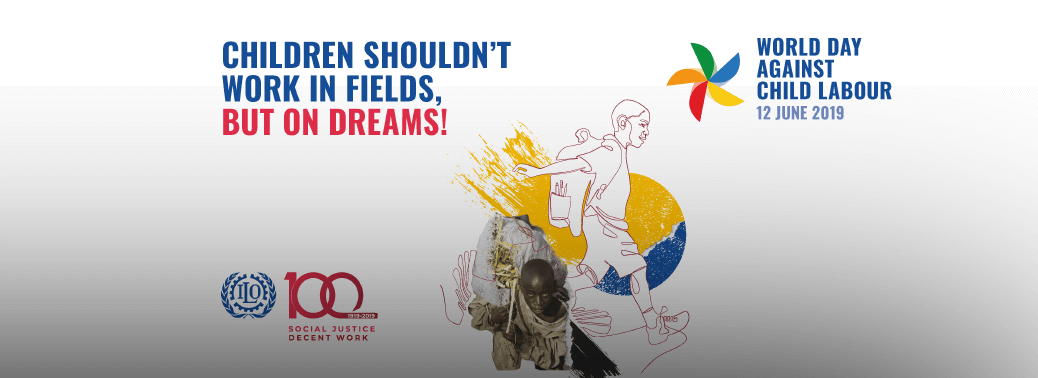
- Indian Staffing Federation has asked the government to completely scrap the archaic labor laws.
- ISF is an apex body of staffing or the outsourcing industry. It is yet to be recognized by the government. India has 463 million workforces, of which 94% are in informal sector employed with small and micro firms.
- Such enterprises tries to remain small since they enjoy tax benefits in India as they employ less than 20 people. Therefore, such a ceiling on the number of employees has restricted the growth of the industries as well as the growth of employment in the country.
- Once a company employs more than 20 labourers it is subjected to unrealistic labour laws and compliances. Labour laws in India is framed by both the Central government and the State government as it comes under the Concurrent list of the constitution.
- This has created lot of ambiguity in laws and confusion in its implementation. For example, existing labour laws define worker and wage in 17 different ways.
- This has made India a hostile place for investments.
- The ISF recommends new labour laws that suits the modern times and needs of an emerging economy.






